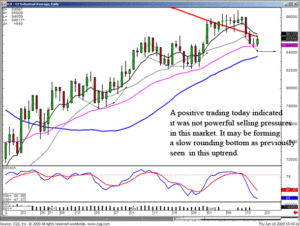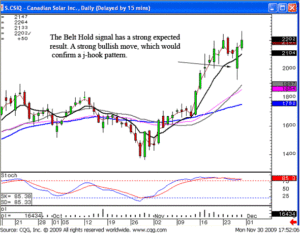Think of Candlestick Forum as Investing in the Stock Market for Dummies. The famous “for dummies” series is a practical guide to all sorts of endeavors. Candlestick Forum is also a practical guide to investing in the stock market. Investing in the stock market for dummies with Candlestick Forum can be a highly instructive venture. Candlestick Forum provides a series of newsletters that cover the basics of investing in the stock market for dummies, which applies to all traders and investors when we start out. In addition, more in depth instruction is available including daily stock picks and commentary on market direction. The core of investing in the stock market for dummies with Candlestick Forum is the use of Candlestick analysis. The analysis of Candlestick patterns allows stock traders to profitably assess market sentiment. By using technical analysis tools like Candlestick chart formations the trader is commonly able to anticipate market trends, market reversal, and successfully trade market volatility.
Investing in the stock market for dummies with the assistance of Candlestick patterns, sound fundamental analysis of stocks, and the practical advice that Candlestick Forum provides is helpful to traders and investors at all levels of knowledge and experience. An especially helpful aspect of investing in the stock market for dummies that comes with a membership in Candlestick Forum is Stephen Bigelow’s daily stock picks. This knowledgeable and experienced trader chooses tradable stocks and discusses his rationale for buying stock, holding stock, and selling stock on all days that are not stock market holidays. By following this ongoing stock trading tutorial one can profit from buying stocks and selling stocks while learning the details of Candlestick trading tactics.
As the reader has already figured out, learning stock market investing for dummies with the assistance of Candlestick forum has nothing to do with dummies. There are any number of proverbs that remind us that those who are open to new learning will prosper and those who think they already know everything tend to fail. By learning the use of Candlestick signals such as the Doji Candlestick, traders will be able to identify changes in market sentiment such as the market indecision that the Doji indicates. Combining Candlestick signals with the fundamentals of stock analysis such as margin of safety, intrinsic stock value, and price to earnings ratio a person beginning investing in the stock market will have the basics. Combine the basics with the instructional stock picks feature of Candlestick Forum and one learns a set of useful tools for day trading stocks and for long term investing. If you are interested in a investing in the stock market for dummies course consider becoming a member of Candlestick Forum where both beginners and pros sharpen their skills.
The strength in the dollar is being blamed for the selloff Monday. However the failure at the T-line for the Dow on Friday was a good indication that they would probably be coming back to test the 50 day moving average. But the NASDAQ, after it failed the T-line on Friday following a Doji, has gapped down through the 50 day moving average. That does not bond well for trying to start a bullish trend.
The markets did not demonstrate very much strength after dropping dramatically in the morning. The Dow is sitting right on the 50 day moving average but the NASDAQ is trading well below that level. More importantly, there are no indications of bullish sentiment in this market as far as the candlestick formations as well as stochastics, stochastics are in fact in a downward direction. The dollar continues to add strength, which is one of the excuses for why the market is selling off. June 11 and 12th – Mark your calendars, a full two day training session is where most investors can mentally accumulate the concept of candlestick analysis and have it become much easier to understand when seeing all the pieces put into a chronological order. The training sessions are limited in size, this provides participants with enough time to ask questions and get good clarification on specifics of candlestick analysis.
2-Day Candlestick Analysis Training – June 11 and 12th – Mark your calendars, a full two day training session is where most investors can mentally accumulate the concept of candlestick analysis and have it become much easier to understand when seeing all the pieces put into a chronological order. The training sessions are limited in size, this provides participants with enough time to ask questions and get good clarification on specifics of candlestick analysis.
Book Error Contest
If you have read “Candlestick Profits – Eliminating Emotions with Candlestick Analysis” and found errors, the person that sends the most errors to steve@candlestickforum.com , will receive valuable and “interesting prizes. This contest ends on June 7th.
Chat Session tonight for members 8 pm ET.
Good Investing,
The Candlestick Forum Team
5-Star Trading Package-Quick Download
Website Special reflects current newsletter. If you are reading an archived newsletter you will be directed to Current Website Special
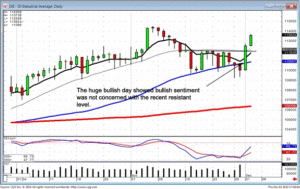
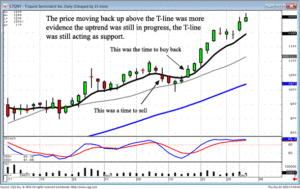
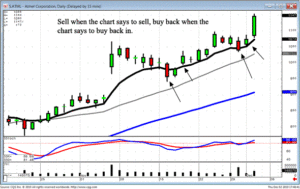
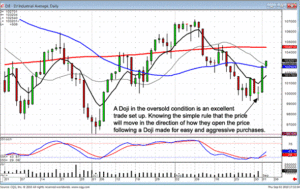
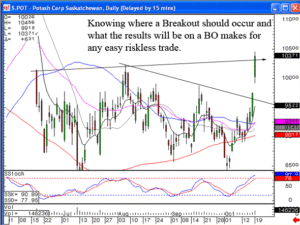
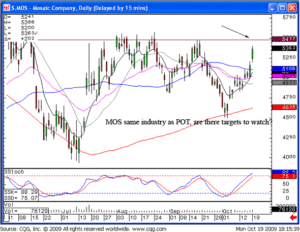
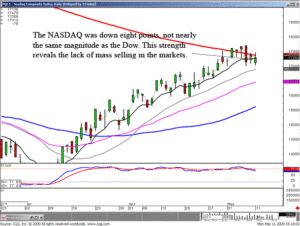
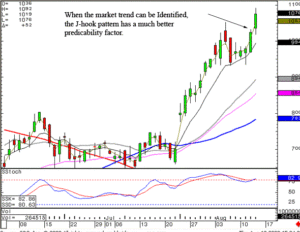
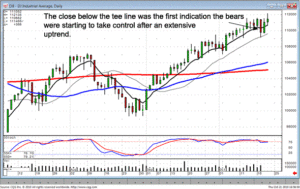
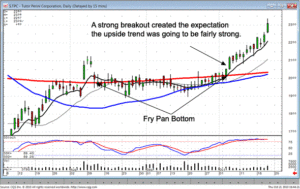
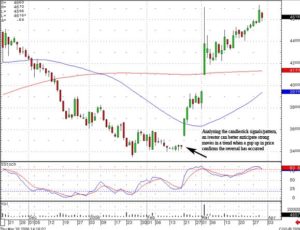
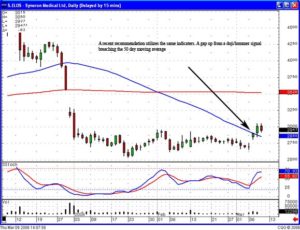
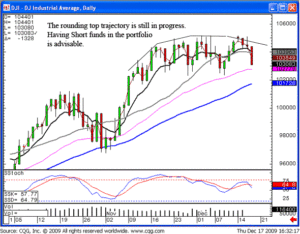
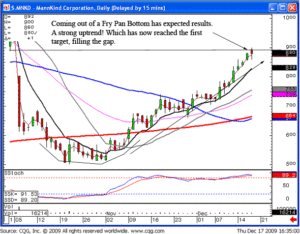
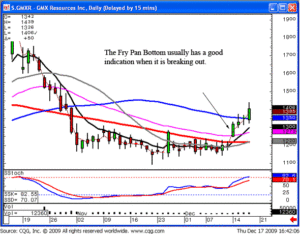
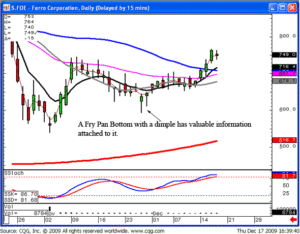
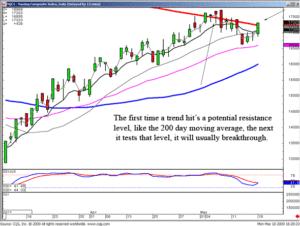
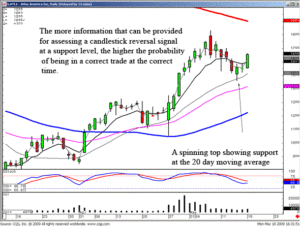
 This Week’s Special
This Week’s Special